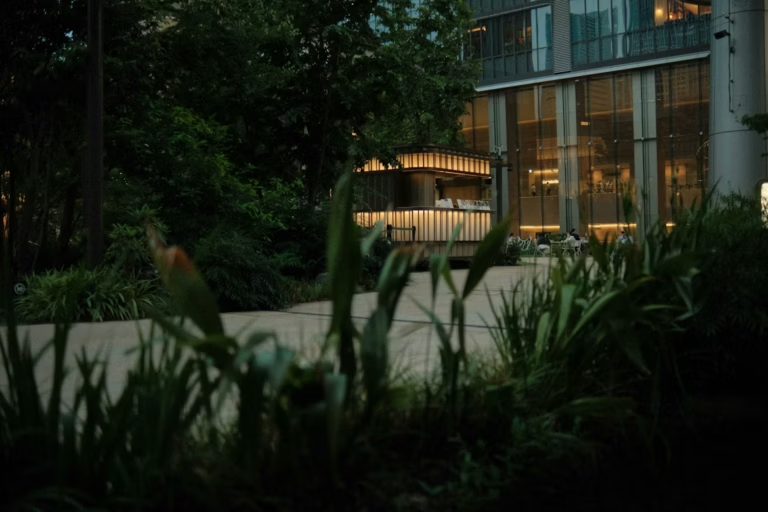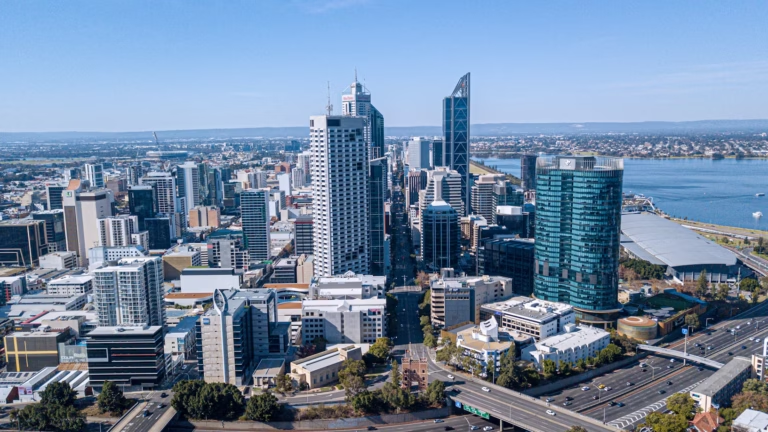Good security doesn’t happen by chance. It’s the result of well-considered planning, clear understanding of risks, and practical design tailored to the people, assets and operations at stake. This is where the concept of security design comes in.
Security design is the process of analysing a physical environment and developing a strategic plan to mitigate risk. It goes far beyond installing cameras or locking doors—it involves understanding how people interact with space, how vulnerabilities emerge, and how different layers of security can be integrated effectively.
At Smartsec Security Solutions, we help clients across Perth and WA design physical security systems that are practical, scalable, and standards-aligned—without selling or installing equipment. Our role is to provide independent, strategic guidance to help you make the right security decisions from the ground up.
What Is Security Design?
Security design refers to the structured planning of physical, technological, and procedural security measures within a site or facility. It considers:
- The layout and use of the space
- The threats relevant to the environment
- The people interacting with the space (staff, visitors, contractors, residents)
- The types of assets needing protection
- The operational flow and business functions on-site
- Budget, compliance, and long-term scalability
Done correctly, security design creates safer, more efficient spaces while reducing the need for reactive measures later on.
Step One: Security Risk Assessment
Every good security design starts with an assessment. This is the foundation on which all decisions should be made. At Smartsec, we begin by conducting a comprehensive security risk assessment, guided by the ISO 31000:2018 risk management framework and aligned with applicable Australian Standards.
The assessment includes:
- On-site inspection and walkthroughs
- Review of current infrastructure, policies, and procedures
- Stakeholder engagement to understand operational concerns
- Identification of threats and vulnerabilities
- Evaluation of current controls and incident history
- Development of a risk register and prioritised treatment options
This stage ensures you’re not guessing—it defines exactly where your risks lie, what their consequences could be, and what should be addressed first.
Step Two: Designing Fit-for-Purpose Security Controls
Once risks are identified, the next step is to design controls that are appropriate, achievable, and sustainable for your environment. Security controls fall into several key categories:
Access Control
Controlling who can enter, where they can go, and when, is a critical component of any security design. Depending on the nature of your site, this may include:
- Card-based or fob systems
- Biometric readers
- Intercom and gate control systems
- Visitor management systems
- Zoned or layered access privileges
- Emergency override mechanisms
We ensure access control solutions align with the site’s traffic flow, staffing levels, and safety protocols—without creating bottlenecks or unnecessary complexity.
CCTV and Surveillance
CCTV systems are often overprescribed or poorly placed. We design surveillance strategies that support real outcomes, including:
- Effective coverage of high-risk zones
- Camera placement for facial recognition, license plate capture, and blind spot reduction
- Integration with lighting and access control
- Monitoring and storage infrastructure aligned with operational needs
- AI-enabled analytics (if needed) for occupancy, behaviour tracking or perimeter breaches
Our goal is to prescribe camera systems that work for your purpose—not just check boxes.
Lighting
Lighting is frequently overlooked or treated as a general design element rather than a security control. We assess and prescribe lighting based on:
- Lux level requirements for safety and surveillance
- Even coverage to avoid shadows and blind spots
- Strategic placement to support CPTED (Crime Prevention Through Environmental Design) principles
- Compatibility with CCTV systems for night-time visibility
- After-hours or motion-sensor-based lighting systems to reduce costs without compromising safety
We reference AS/NZS 1158 and other relevant Australian Standards for compliant and effective lighting design.
Physical Security Infrastructure
Where needed, we also assess physical security elements such as:
- Perimeter fencing and gates
- Security glazing and locking hardware
- Doors and egress points
- Roller shutters and vehicle control measures (e.g. bollards, boom gates)
These elements are assessed not in isolation, but as part of a coordinated security design strategy that supports people movement, emergency access, and safety requirements.
Staffing and Resourcing
Technology is important—but people remain one of your most valuable (and vulnerable) security assets. We help organisations evaluate:
- Security personnel needs (guards, mobile patrols, concierge)
- Role clarity, rostering, and zone coverage
- Training requirements for incident response and SOPs
- Coordination between staff and technology systems
Many environments can benefit from better alignment between staffing models and physical design. We help identify where human intervention is needed and where technology can support or replace it.
Supporting Compliance, Planning and Procurement
Security design is not just about physical controls—it also supports your broader obligations. Our designs are framed to help clients:
- Align with ISO and WHS compliance frameworks
- Meet obligations under planning approvals or CPTED policies
- Respond to audit or insurance requirements
- Prepare scopes of work for procurement or tender
- Justify budgets to internal stakeholders or boards
We also offer follow-up consultation and support during procurement or implementation to ensure the original design intent is preserved.
Why Engage Smartsec Security Solutions?
At Smartsec, we’re proud to offer independent security consulting across Perth and WA. We don’t install hardware or sell equipment—our role is purely advisory, which means our clients get:
- Vendor-neutral recommendations
- Strategic planning based on actual risk
- Honest advice about what’s necessary and what isn’t
- Reports tailored for decision-makers, operations teams, or planning submissions
- Deep experience across commercial, education, retail, government, and public infrastructure sectors
We believe that security design should be clear, cost-effective, and purpose-built—not generic or overly complex.
Let’s Design a Safer Space—Together
Whether you’re developing a new site, upgrading an existing facility, or responding to safety concerns, professional security design ensures you’re investing in solutions that actually work. Our process is collaborative, transparent, and focused on creating secure environments that support the people who use them.
To learn more or request a consultation, visit our Security Consulting Services page.
We’ll help you design smarter, plan better, and protect what matters—without the sales pitch.



